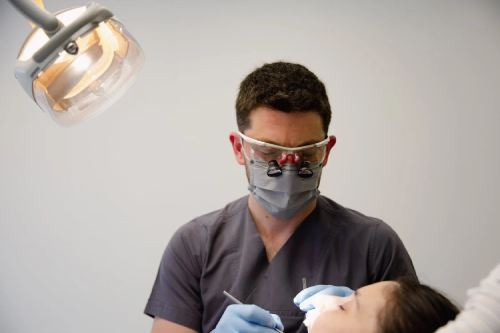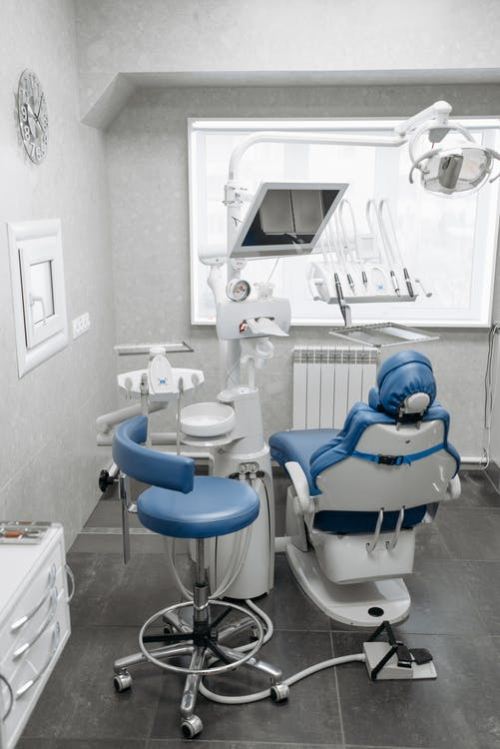Four Top Benefits of 3D Printing in Dentistry
by Miles Warren
July 26,2022

Technology has been improving to assist our tasks efficiently. In line with this, 3D innovation has been a thing of this generation and it greatly helps the different industries. Likewise, dentistry adapted to these new changes, including 3D Printing. In this article, we will discuss the top benefits of 3D Printing on this kind of medical line.
What is 3D Printing?
You've probably heard a lot of buzz about 3D printing, and it's probably getting a little confusing. If you're not sure what 3D printing is or how it works, then we've got you covered.
3D printing is an additive manufacturing process that can create almost anything from any material. It’s been around for more than 50 years, but it has only recently become popular in dentistry because it allows dentists to make custom-made crowns, bridges, and other dental prosthetics out of the same material as their patients' teeth.
Top four benefits of 3D Printing in Dentistry
1. Accurate and Perfect Fit Result for Patient
With 3D printing, you can create models that accurately reflect your patients' teeth and bone structure without having to rely on an actual patient model or a photo from which to make adjustments. This means that when people go to the dentist for their dental exam, they'll be able to receive a more accurate depiction of their teeth because of 3d printed denture teeth without having to worry about the model being off base or too large for their mouth size.
2. Easier and More Productive Process
3D printing allows dentists to go through the process of creating crowns or bridges faster than ever before by reducing the amount of time it takes them to design them using traditional methods like milling or carving out walls with lasers before filling them with cement or other materials needed for support structures within these restorations.
3. Support High-Quality Dental Materials
3D printing can produce dental crowns, bridges, and other dental prosthetics out of the same material as the patient's tooth. This means that dentists can use high-quality materials to create a prosthetic that is just as durable and long-lasting as the natural teeth it replaces.
3D printing also opens up the possibility of using different types of materials with your prosthetics. For example, you might want to use metal instead of plastic or ceramic when making a crown because metal lasts longer and is more durable than its counterparts. As long as your 3D printer is capable of printing with metal, then it should be able to print crowns that are made from this material instead of plastic or ceramic.
4. Reduced Post-Operations
Because 3D printing is an additive manufacturing process, rather than an injection molding process like traditional manufacturing methods, there are fewer post-operative complications when using this technology in dentistry compared with traditional methods like casting or drilling methods which require more time and energy on behalf of your technician during each procedure.
Conclusion
Dentistry is all about precision and innovation. The benefits of 3D Printing in dentistry are evident and make the dentists' life much easier. This kind of technology makes this industry more accessible to us, patients, with different products that we might need. Also, these printers have a low cost, which means they can be inserted into a large number of small practices as well. 3D printing is not just a good option due to its positive aspects but also because it takes less time than other methods. By taking advantage of this technology, dentists can do more procedures that are more precise and they develop better relations with their patients.

